Although tornadoes are found on every continent, except for Antarctica, the occurrence of twisters is more prevalent in certain areas of the world. The most volatile weather zones lie north and south of the tropics. These are known as temperate zones because the temperatures change with the seasons.
What Causes Tornadoes?
In the northern hemisphere, the earth tilts towards the sun in the summer and heats up the air with the warmest air being in the tropics and cooler air further north. The jet stream does not have a fixed path and at times, can draw colder air from the north to the south.

When the cold air meets the warm air, it creates precipitation along the boundaries of where the opposing air currents collide. This is usually where thunderstorms occur.
Not every thunderstorm triggers a tornado. Other conditions must be present. Air inside a storm cell flows at different speeds and in various directions and is capable of changing within different levels of the cell.
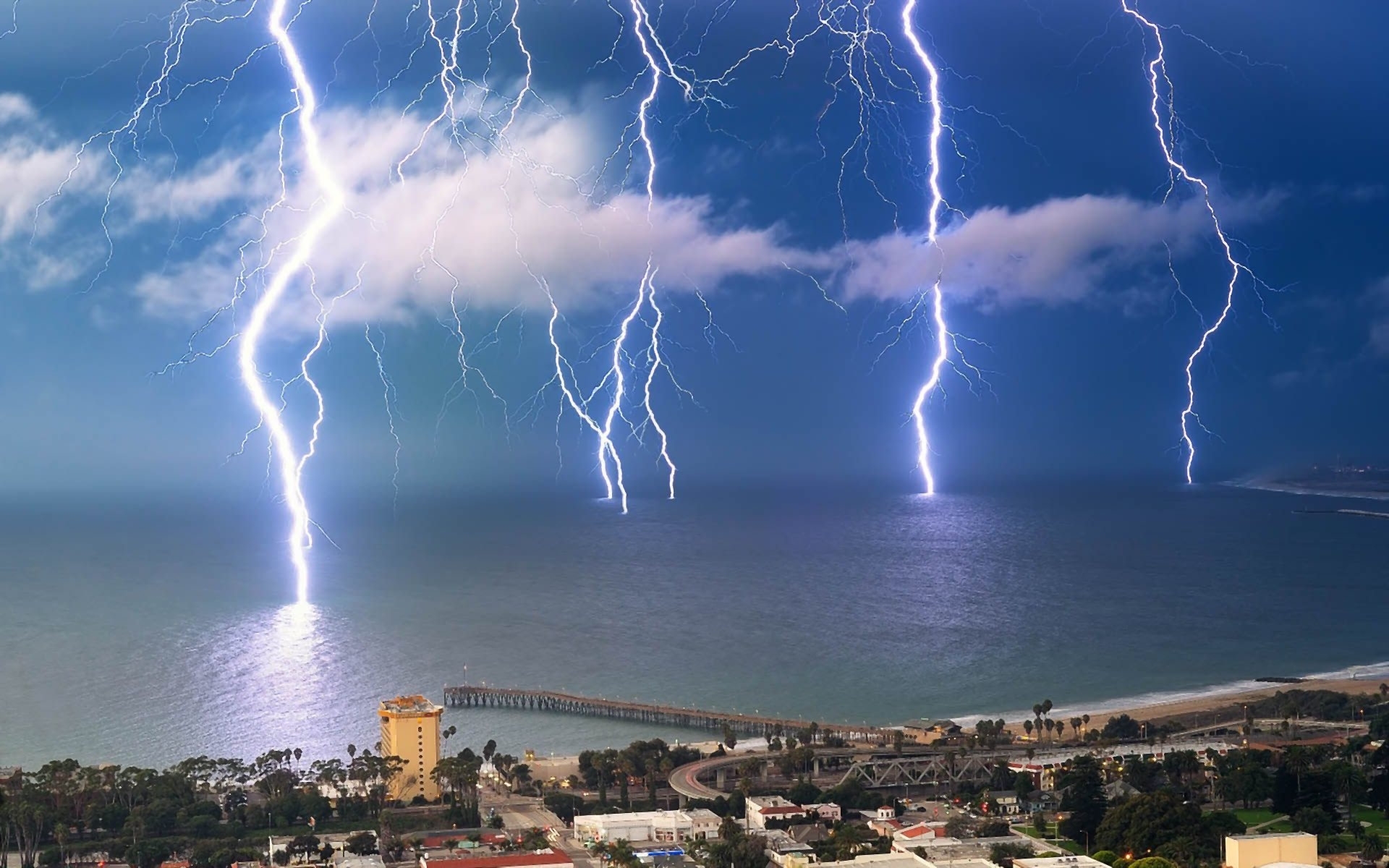
Sometimes air will begin to rotate within a cell and create convection currents. This is known as the formation of a super cell. If this rotating air touches on the ground, a tornado is born.
Where is Tornado Alley?
In the central part of the United States, there is a wide area where thunderstorms and tornadoes happen more often than in other parts of the country. The core of Tornado Alley is considered to be Iowa, Kansas, Oklahoma and Texas and Nebraska located in south central United States. Fringe areas include the Canadian Prairies, the Dakotas, eastern Colorado, Tennessee Valley, Ohio Valley and parts of the Mississippi Valley.
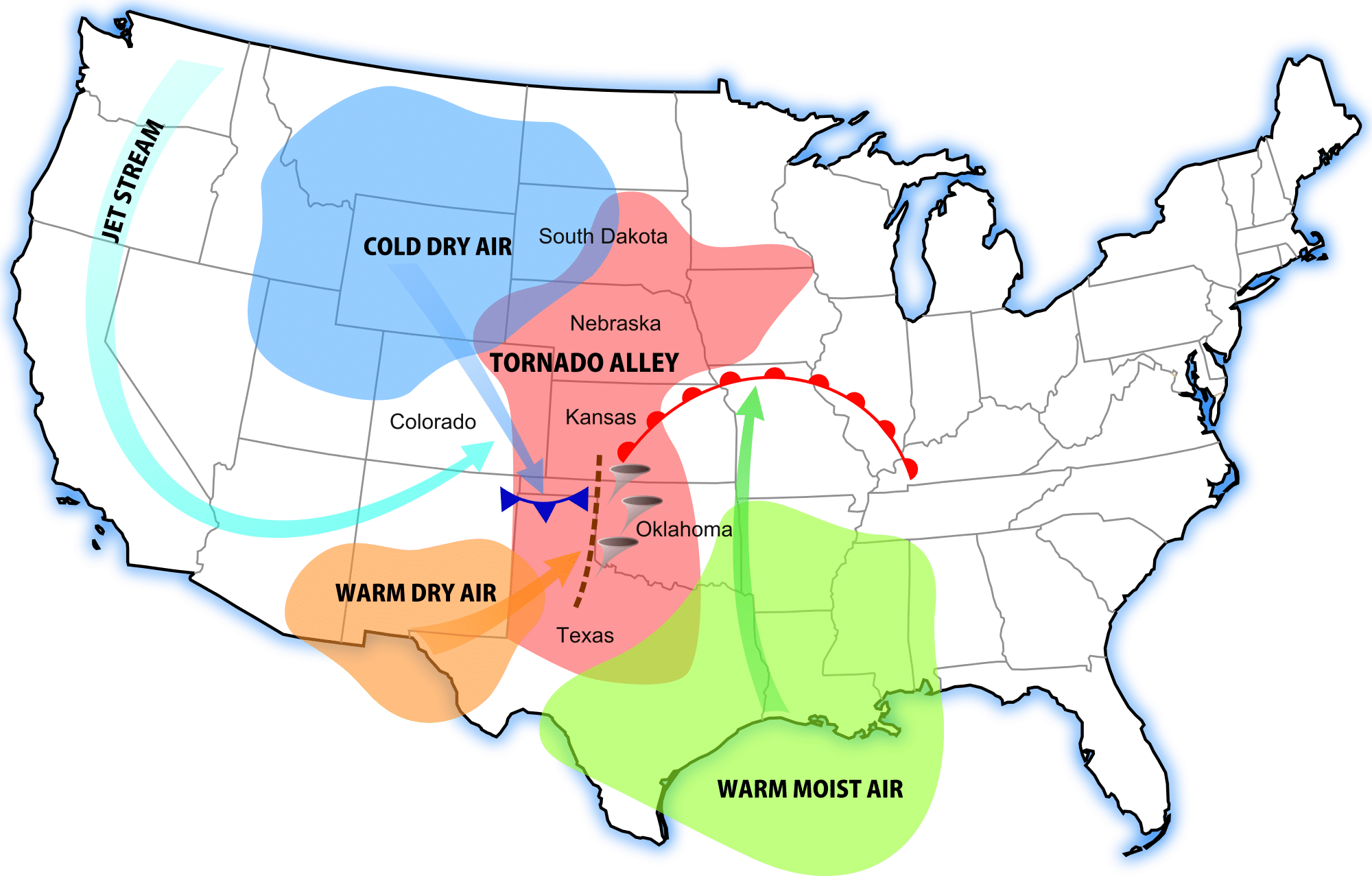
Most of the land in Tornado Alley is part of the Great Plains, so it is relatively flat, unlike to the west where the Rocky Mountains can block the approaching weather fronts. Air will circulate much quicker when it has open spaces.
Storm Activity in Tornado Alley
In Tornado Alley, warm and humid air travels northward from the Gulf of Mexico. Cool and dry air from Canada travels southward. When both air masses crash into each other, the warm air gets trapped under cold air and rises. This air movement sometimes develops into a super cell and maybe a tornado.

According to Live Science, “United States is the country with the highest frequency of tornadoes. Each year there are about 1,200 tornadoes in the United States, causing about 65 fatalities and 1,500 injuries nationwide. Texas gets hit the most, with an average of about 110 tornadoes a year.”
The tornado season starts around March in the southern states and late spring in the north. This is due to the overall northward movement of warm air in the Northern Hemisphere. By summertime, all states in Tornado Alley are highly susceptible to storms.
The Gulf Coast area in the U.S. also experiences tornadoes and has its own name, Dixie Alley. The peak season for tornadoes in this area is from October through December.
Tornado Preparedness
Recognizing the higher incident of tornadoes and based on studies of tornado behavior and damage, there are stricter building codes in Tornado Alley. Buildings must have extra strong roofs and structures require extremely secure fastenings to its foundations.
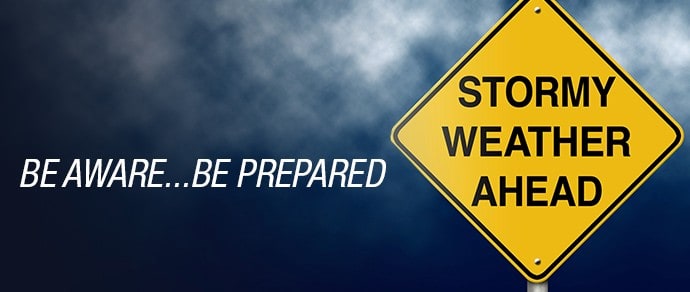
In Tornado Alley, Doppler radar stations, satellites and weather balloons monitor storm activity. Storm spotters and chasers carry portable Doppler stations and feed live reports to the weather stations and the media. Television and radio stations interrupt regular programming to broadcast severe weather alerts.
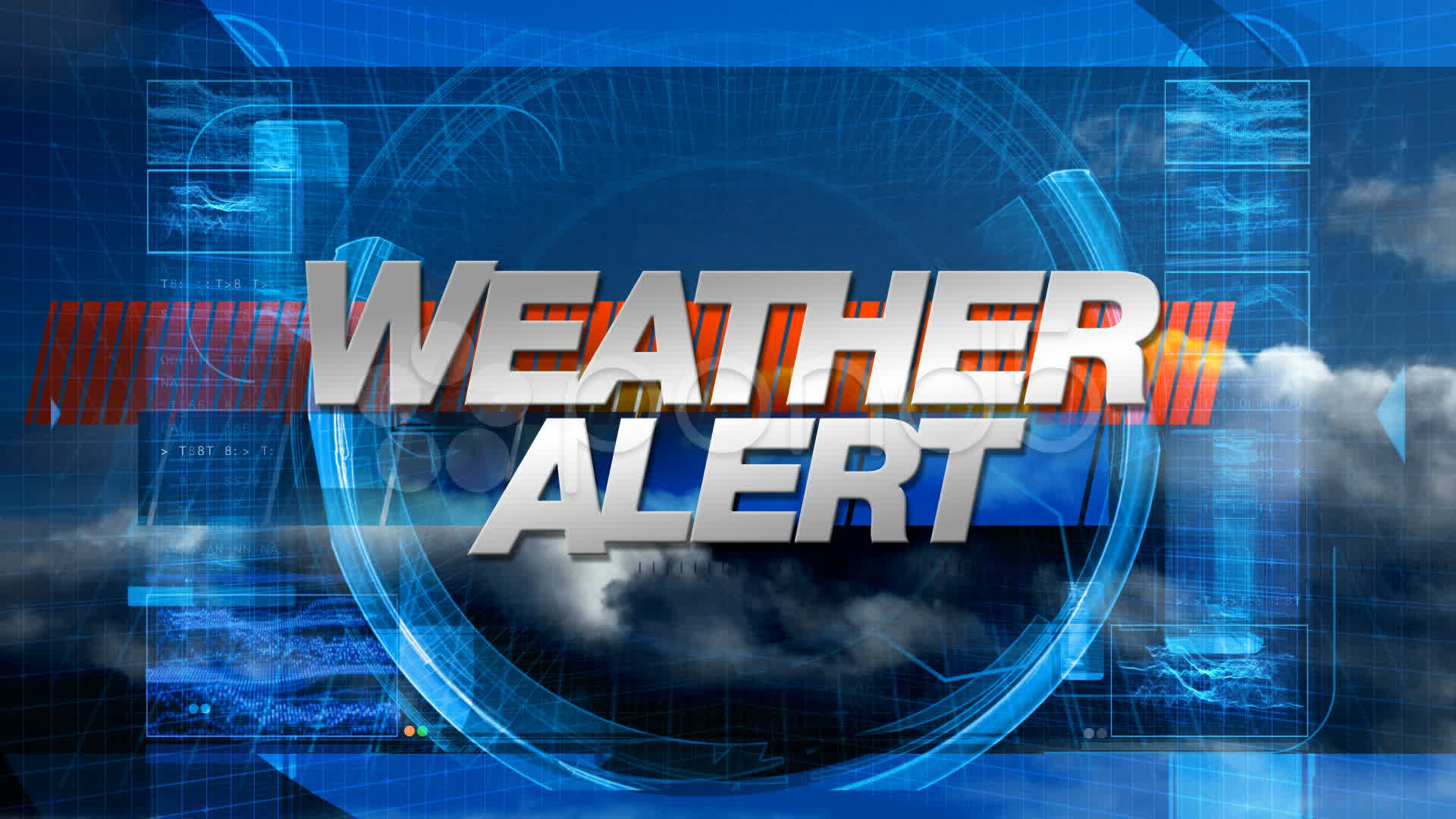
Residents are provided with educational material on how to prepare their homes for a tornado, such as building storm cellars or preparing a safe place in the home and conducting tornado drills. The material also gives advice on what to do if a tornado strikes when a person is not at home.
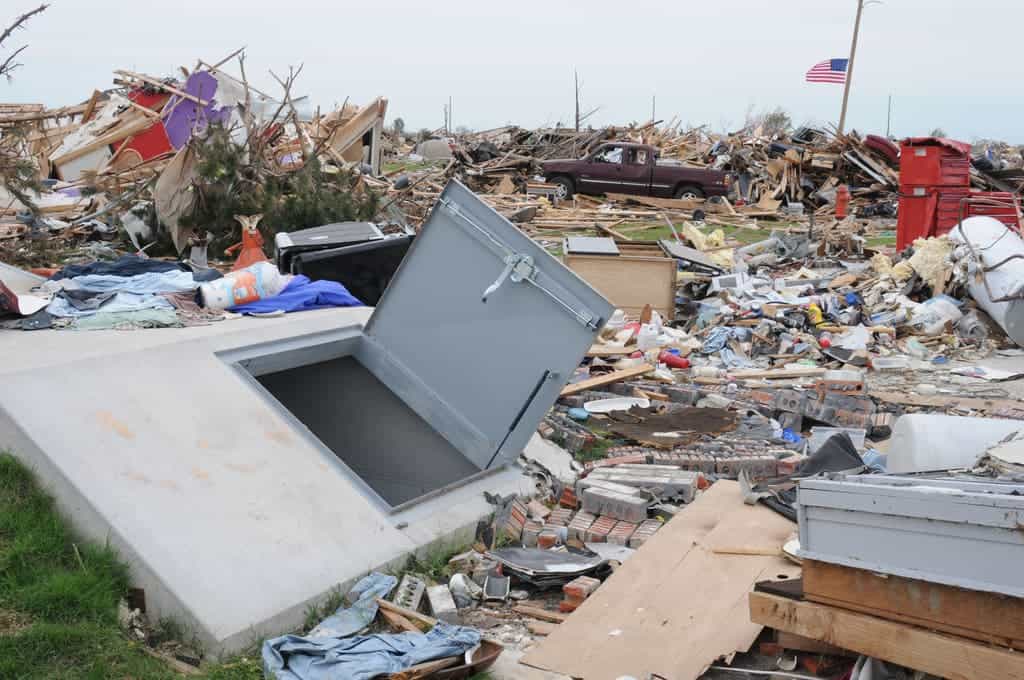
Towns are equipped with tornado sirens to warn residents that funnels have been sighted in their area. This is an extremely important emergency measure when a tornado strikes in the middle of the night.
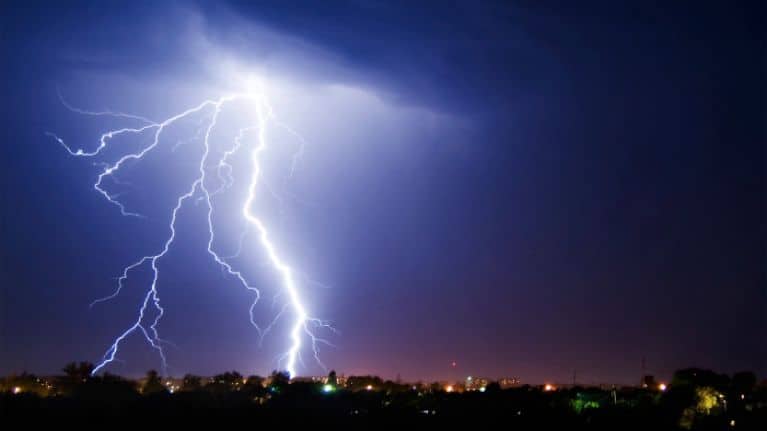
Although Tornado Alley has the highest incident rate of tornadoes, a twister can hit in areas outside of its boundaries, as evidenced in the Edmonton Alberta tornado in 1987.

Tornadoes can occur any time of the year if the conditions are right.

















